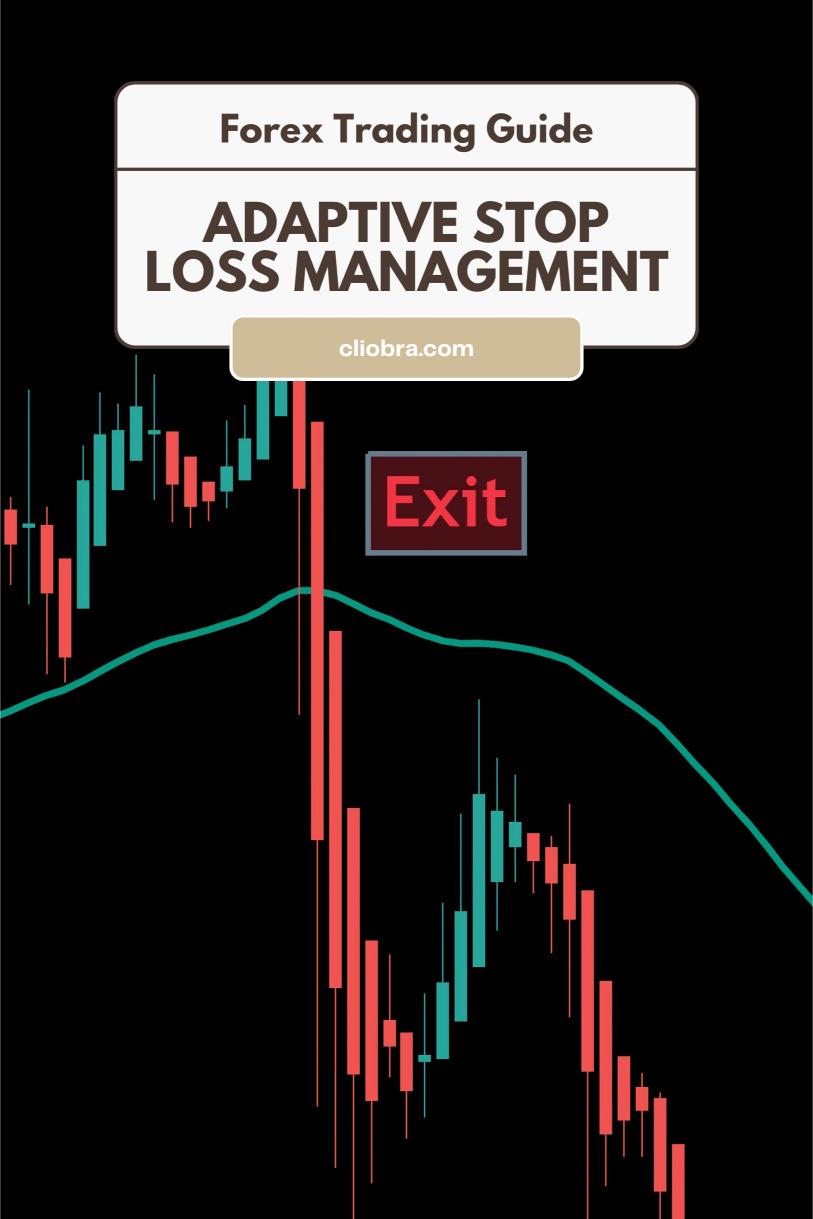Last Updated on February 14, 2025 by Arif Chowdhury
Have you ever watched a trade slip away from profit into loss?
Yeah, I’ve been there too.
As a seasoned Forex trader since 2015, I’ve learned that managing risk is everything.
One critical tool in my arsenal is Adaptive Stop-Loss Management.
Let’s break it down.
What is Adaptive Stop-Loss Management?
In simple terms, it’s about adjusting your stop-loss levels based on market conditions.
Instead of setting a fixed stop-loss, you allow it to adapt as the trade develops.
This approach can help you lock in profits while minimizing potential losses.
It’s a game-changer.
Why Use Adaptive Stop-Loss Management?
- Protect Your Profits: As your trade moves into profit, you can adjust your stop-loss to secure those gains.
- Reduce Emotional Trading: With a solid plan in place, you can avoid the panic that often leads to bad decisions.
- Better Risk-to-Reward Ratio: By adapting your stop-loss, you can improve your chances of capturing larger moves in the market.
Statistical Facts
Did you know that 70% of Forex traders lose money?
One of the main reasons is poor risk management.
Another study showed that traders who use dynamic stop-loss strategies can improve their win rate by up to 30%.
That’s huge!
How to Implement Adaptive Stop-Loss Management
Here’s how I do it:
- Start with a Standard Stop-Loss: Begin with a level based on your analysis, perhaps 20 pips from your entry point.
- Monitor Market Conditions: Keep an eye on volatility. When the market becomes more stable, you can tighten your stop-loss.
- Adjust Based on Price Action: If the price moves in your favor, move your stop-loss up accordingly.
- Use a Trailing Stop-Loss: This automatically adjusts your stop-loss as the price moves, saving you from manual adjustments.
My Trading Bots and Adaptive Stop-Loss
Now, let’s talk about my 16 sophisticated trading bots.
They’re designed to work with Adaptive Stop-Loss Management seamlessly.
Each bot is strategically diversified across major currency pairs like EUR/USD, GBP/USD, USD/CHF, and USD/JPY.
This means:
- Diversification: Each pair has 3-4 bots minimizing correlated losses.
- Long-Term Focus: They’re programmed to target longer pips, between 200-350, which allows better performance over time.
- Proven Track Record: Backtested over 20 years, these bots are built to withstand market ups and downs.
And the best part?
I’m offering this EA portfolio for FREE!
You just need to join through my affiliate link and deposit a minimum of $500 into your live account.
It’s a no-brainer if you’re serious about trading.
Best Practices for Stop-Loss Management
Here are some tips to enhance your Adaptive Stop-Loss Management:
- Set Realistic Targets: Don’t aim for the moon. Set achievable profit targets to avoid unnecessary risk.
- Stay Informed: Market news can dramatically affect price movements. Be aware of upcoming events.
- Be Flexible: Don’t be afraid to change your strategy if the market conditions shift.
Final Thoughts
Adaptive Stop-Loss Management isn’t just a fancy term; it’s a crucial element of a solid trading strategy.
By incorporating it into your trading, you can significantly improve your chances of staying profitable.
And if you’re looking for a robust trading system to support your efforts, check out my trading bots portfolio.
Plus, if you’re in the market for reliable Forex brokers, I’ve tested the best.
You can find them here: Most Trusted Forex Brokers.
Remember, the right tools and strategies can make all the difference in your trading journey.
